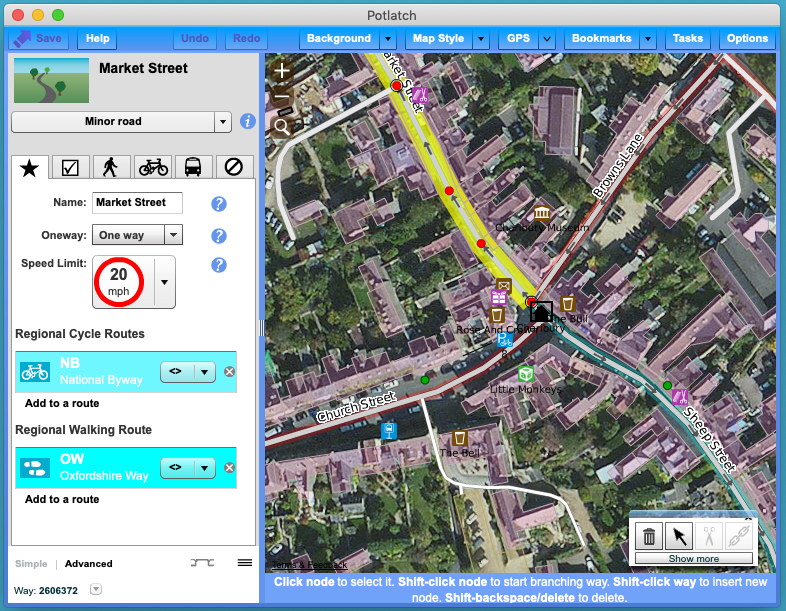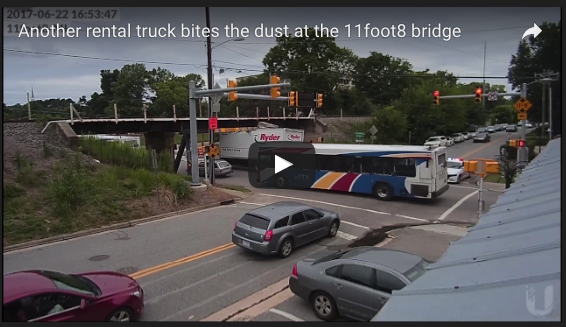I’ve released a new version of tilemaker, the command-line utility that takes OpenStreetMap data in .osm.pbf format and makes vector tiles out of it.
It’s now between 45% and 85% faster - you’ll notice the difference particularly in places with complex multipolygon geometries. Memory usage is reduced, particularly in the polar regions. Plus it’s compatible with Geofabrik’s new CC0 “Shortbread” schema for vector tiles.






